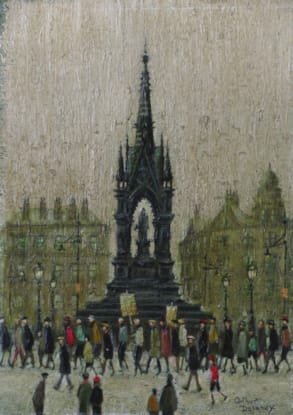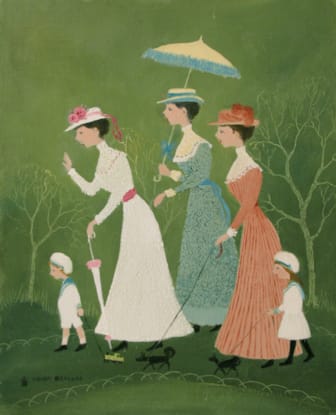David Shepherd, CBE, FRSA
(1931 - 2017)
Straight Deal, York
Signed, lower right: David Shepherd
Oil on canvas
16 x 20 in – 40.6 x 50.8 cm
Frame size
22¼ x 26 in – 56.5 x 66 cm
Oil on canvas
16 x 20 in – 40.6 x 50.8 cm
Frame size
22¼ x 26 in – 56.5 x 66 cm
Tel.: +44 (0)20 7839 7693
Provenance
Private collection, UK
Biography
David Shepherd is perhaps the most popular and best-known painter in Britain today. Renowned for his wildlife paintings and conservation work, his other abiding passion for steam locomotives, is only marginally less well known.
David Shepherd was born in 1931; he was educated at Stowe School in Buckinghamshire and from a young age developed an interest in wildlife and Africa, so much so that his desire was to become a game warden. Failing in this, he turned to art and, following rejection by the Slade, he became apprenticed to the portrait painter Robin Goodwin with whom he trained for three years, finishing in 1953.
Out on his own, Shepherd, with an interest in aircraft, painted scenes of airliners at Heathrow with considerable success, which led in turn to commissions from the Royal Air Force. One such commission took Shepherd to Kenya where, rather than painting an aeroplane, he was asked to paint an elephant; this commission brought others and Shepherd was rapidly recognised as the foremost painter of wildlife. Nevertheless, he continued to paint other subjects, English landscapes, London views, military commissions, and perhaps his true love, railways. As early as 1955 Shepherd painted steam shed interiors, now in the collection of the National Railway Museum, York, and in his paintings of the 1950’s and 1960’s documented the final years of the age of steam.
Shepherd rapidly became enormously successful; he held his first one-man exhibition in London in 1962, followed by others in New York and Africa. 1962 also saw his first involvement in wildlife conservation through donating his paintings which has, over the years, led to huge sums being raised. In 1967 Shepherd turned to the preservation of his other abiding passion by purchasing two steam locomotives from British Rail, “The Green Knight” and “The Black Prince”, eventually establishing a home for them at Cranmore and founding the East Somerset Railway. In 1974 he added to the collection, a Class 7 No. 993 built in Glasgow in 1896, bought in Zambia.
In 1980, Shepherd was awarded the Order of the British Empire for his services to wildlife conservation which he continues to support through his charitable foundation. It is for his paintings of wildlife and the age of steam, amongst his wide-ranging subjects, that have established Shepherd as the country’s most popular living artist.




